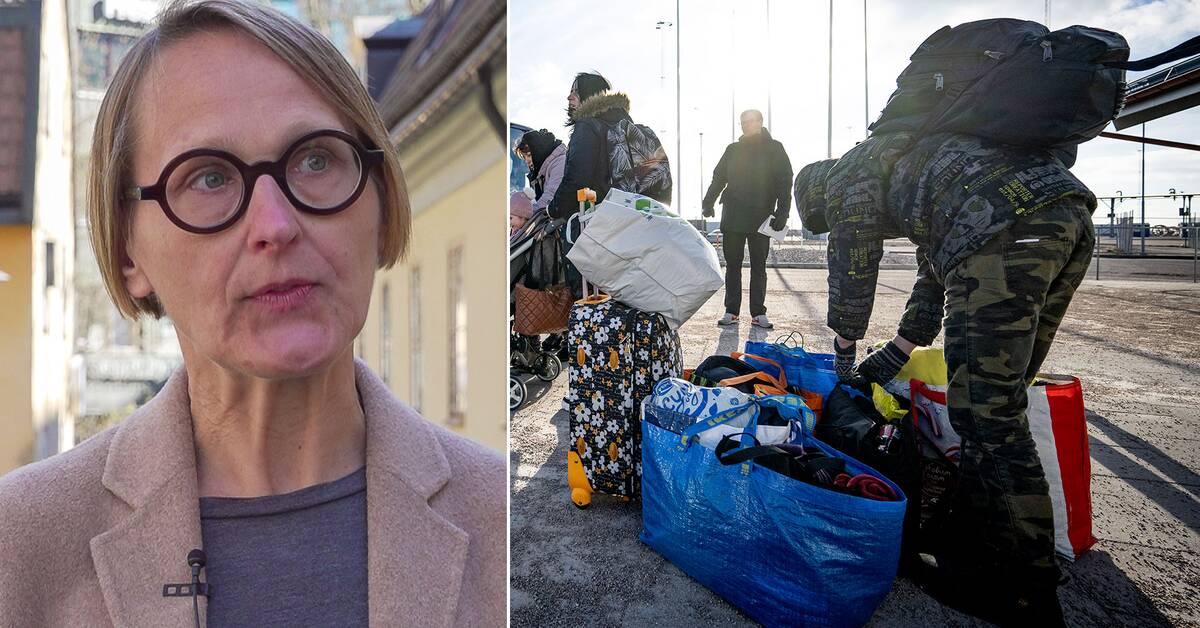This is about 20 percent of the total Swedish development assistance this year, which the government now wants to stop.
- Also during the refugee crisis in 2015 and 2016, these types of settlements were made, and they are made now and not only in Sweden, but also in other European countries.
So I think we can count on it being in this way that countries will finance their refugee reception, says Annika Sundén, former chief economist at Sida.
Plan for the reductions
Stopping aid to finance refugee reception is allowed, according to the OECD.
But for the authority responsible for most of the Swedish development assistance, Sida, this means major changes.
The authority writes in a press release today that the decision will have serious consequences.
A plan will now be drawn up for how the reductions are to be distributed between different countries and sectors.
Annika Sundén sees several risks in reducing development assistance as much as the government is now proposing.
- With this reduced aid, poor people risk being affected even more.
People living in poverty have become poorer, partly in the aftermath of the corona crisis, partly because food and energy prices are rising.
More may be forced to flee
She also sees a risk that more people will be forced to flee as a result of reduced aid.
- With development assistance, we also help to prevent and deter future refugee flows and refugee crises.
It is important that this work is maintained.

